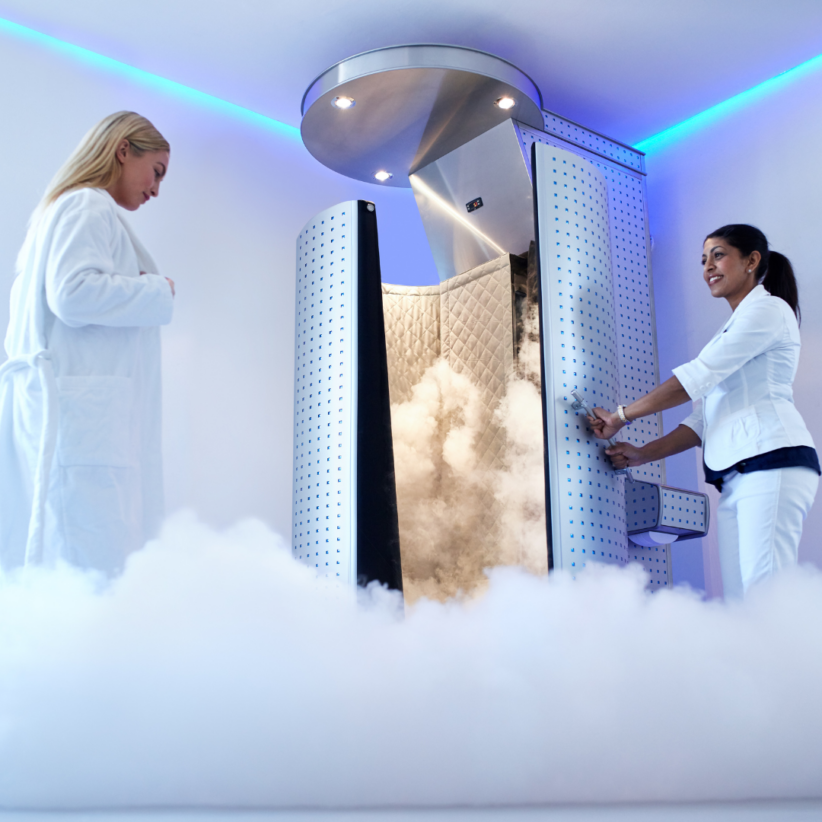Needle Procedures Working to Ease Children’s Anxiety
By Stephanie Begert, RN and Norman Y. Otsuka, M.D.
Of all the procedures we do to prepare a young patient for orthopaedic surgery, sticking them with a needle – particularly if it’s their first time – can be one of the most emotional. Children are often more nervous about the needle stick than the actual surgery.
Reducing anxiety begins before the patient even comes in the door. Children are observant and absorb and process everything about their experience, so everything plays a role in their anxiety level. Offices specializing in pediatric conditions often use several tools to reduce the fear and pain of a needle procedure.
Preparation and Education
Be honest with your child about what is going to happen and encourage them to ask questions. Every child responds differently to a stressful situation, so tell your medical team if your child is particularly anxious. Pediatricians, pediatric nurses and child-life specialists are trained to explain procedure on an appropriate level for each child in order to maintain their trust.
Distraction
There are simple methods for teaching children and their parents how to keep their mind off the needle procedure. Whether it is singing, listening to music, reading a book or watching the TV available in most pediatric practices today – any form of distraction helps pass the time and lessen anxiety.
Comfort and Praise
Being supportive, positive and reassuring during a needle procedure not only helps your child have an easier time at that visit, but builds a foundation for the following visit. It’s important to tell the child how brave they were (a few tears can be expected). If they feel good about how it went, they will be more likely to handle other medical tests as well. So, reward them, even the simplest of gestures such as stickers or a small candy can be effective.
Pain Management
Over the last 10-15 years, pediatricians have used a topical cream consisting of two local anesthetics, lidocaine and prilocaine, called EMLA, which significantly reduces sensation in the arm and lessens the reaction to pain from the needle. It was a great discovery, but can take about 60 minutes to fully anesthetize the area. This requires additional planning and leaves too much time for children, and their parents, to think about the coming event.
This past January, the Hospital for Joint Diseases’ Center for Children first introduced a new technology called the “J-tip,” a device that uses a small canister of pressurized carbon dioxide instead of a needle to push buffered lidocaine (1%) into the skin to numb the needle insertion site. The J-tip makes a “pop-whoosh” noise (similar to a soda can opening) and takes about one minute to numb the area. Lidocaine is a fast acting local anesthetic more commonly injected with a needle for dental procedures and minor surgeries.
The Hospital is initially piloting the J-tip to prepare young patients for pre-surgery blood draws, but anticipates the needle-free technique will be used across all pediatric orthopaedic services at the Medical Center, with the potential to expand to other pediatric services and even to adult surgery and infusion therapies, where IV lines and multiple needle sticks are required.
Stephanie Begert, RN is a pediatric nurse at the Hospital for Joint Diseases’ Center for Children. She identified the J-tip technology and introduced it to the hospital. Norman Y. Otsuka, M.D. is a professor of pediatrics and orthopaedic surgery and director of the Center for Children.








